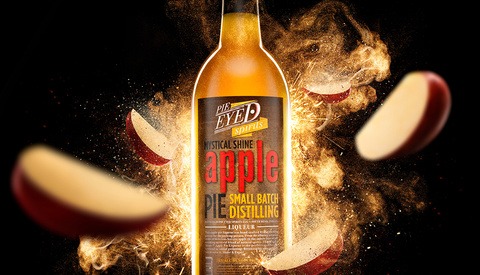Consistency in a Photo Series: Why It's Important
Just recently after moving back home for the summer, I decided to begin a new aerial series. Up here in Bergen County, New Jersey, there is not much to shoot, or at least that is something I tell myself. One day after skimming Google Maps for spots to fly, I came upon a few islands on a lake, each with their own individual house. Intrigued by what I saw, I knew that I had to find a way to capture these homes in a way that makes them more interesting to me. So right here, my series began and I will explain why I think it is important to keep every photo consistent.

















































